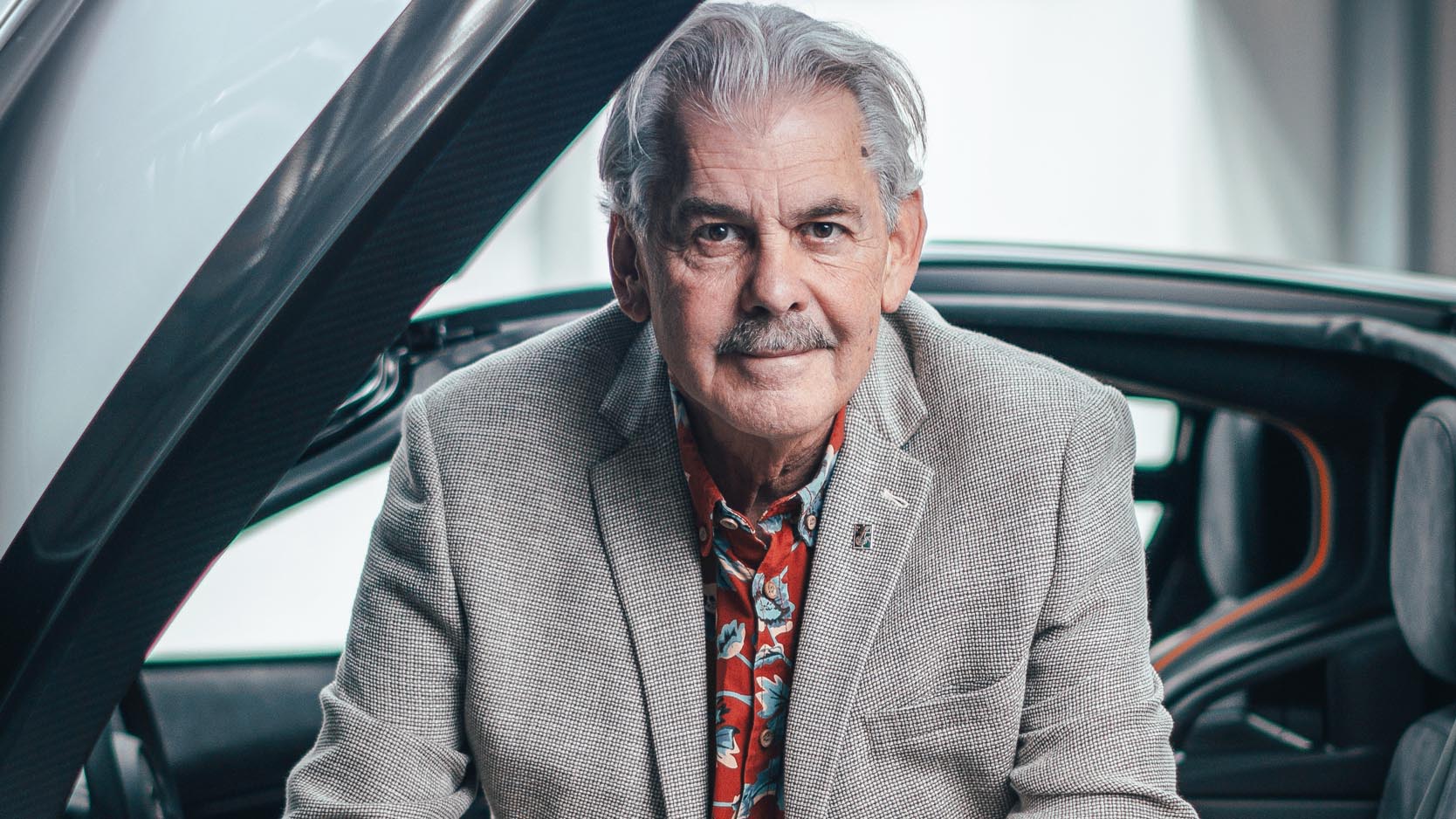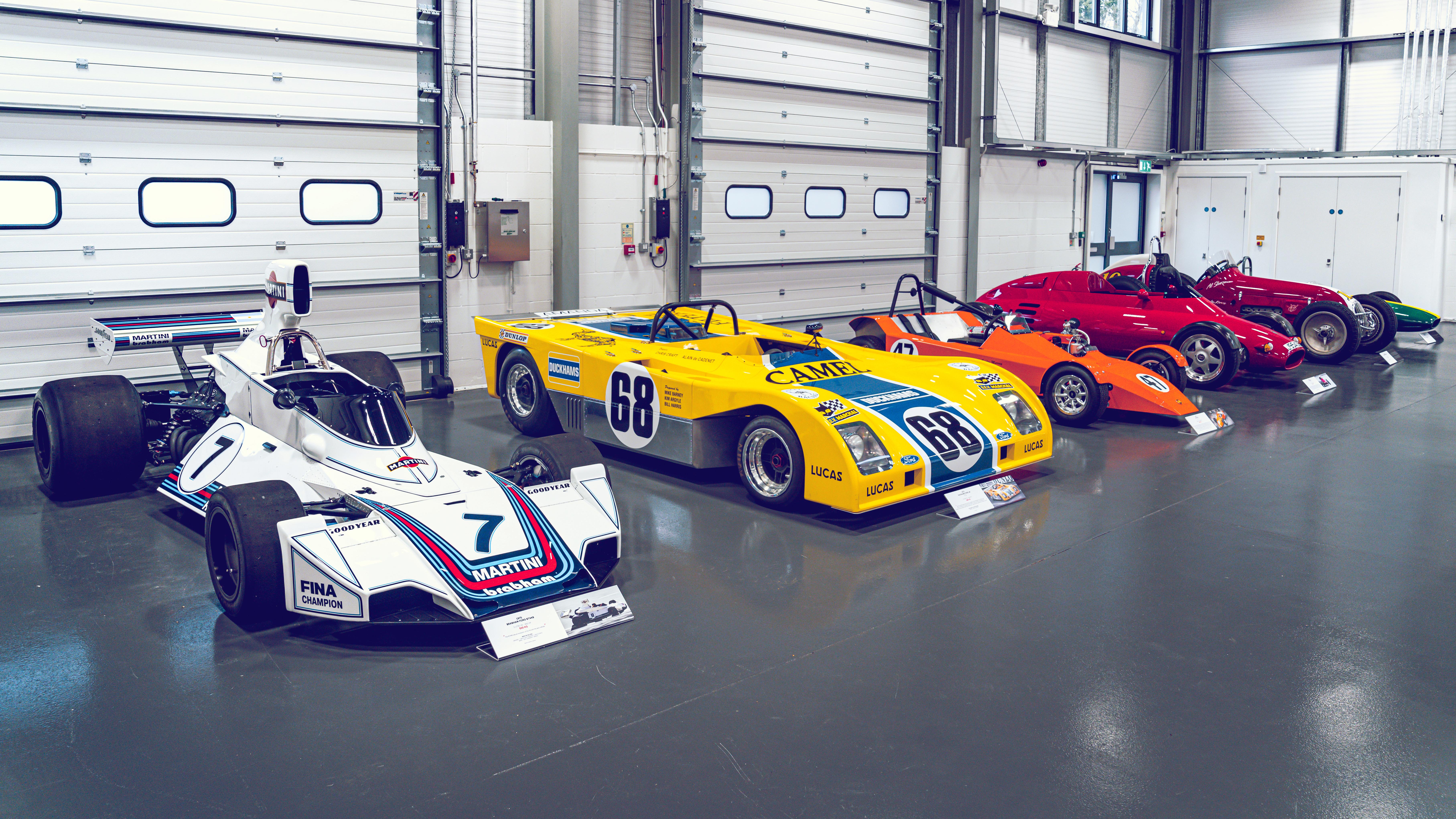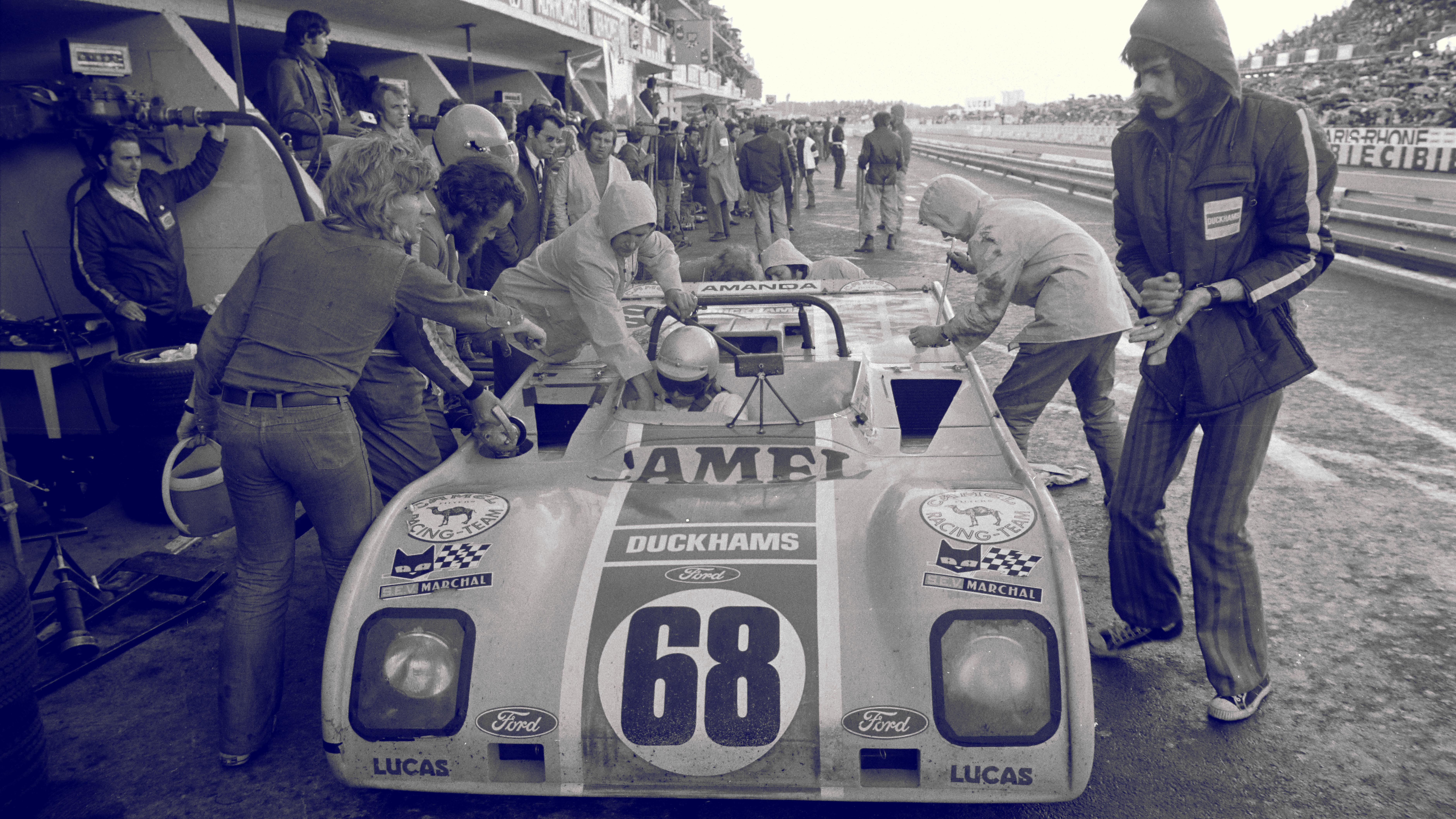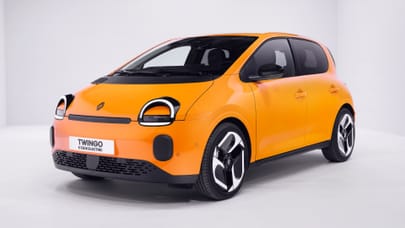
Gordon Murray: “winning Le Mans is more difficult than winning the F1 world championship”
Murray received TopGear.com's 2024 Lifetime Achievement Award; here he reflects on his life and career
Many of us doodled cars on our notepads back in the day. But there are doodles and then there’s the Cuneo 1300 GT. It’s credited to a young designer called Ian Gordon Murray, who rendered it in forensic detail on the drawing board in his teenage bedroom, in Durban, South Africa. Whatever became of him, one wonders?
Murray, arguably the greatest and most original thinker in both Formula One and the wider automotive sphere, is currently deep into a challenging new phase of his long and storied career. TG has saluted the GMA T.50 as perhaps the most perfectly realised driver’s car of all time, and the company will complete delivery of the 100 car production run in 2025. That’s all being done at an all new facility in Windlesham, Surrey, a building, coincidentally, that was designed by the man whose name is above the door. Next up is the T.33, but there’s plenty more coming down the pipe.
Gordon Murray, we must remind ourselves, is 78. It’s a hell of a victory lap for an individual whose work has permeated our lives for well over 50 years. Longstanding Formula One fans can give chapter and verse on the Murray designed cars that still boggle the mind: the Brabham BT46B ‘fan car’, the exquisite early 1980s BT52, and the all conquering McLarens that defined the Prost and Senna era.
The McLaren F1 road car is widely regarded as the greatest ever made, certainly the most singular. This has been a life well and ingeniously lived, so it’s high time we acknowledged it.
Top Gear: Congratulations on the TG Lifetime Achievement Award. Do things like this matter to you?
Gordon Murray: Everyone likes to be acknowledged. But honestly, all I’ve done in my life is do what I think I’d do well and have a lot of fun along the way. When you’re in the middle of it, you don’t think it’s anything clever. It’s just doing what you like doing.
Yours has been quite the journey.
I’m from a working class family. Four of us slept in one bedroom, we never owned a house, never had a new car or anything. I did an apprenticeship rather than go to university. In fact, I wouldn’t be here now if I had. I did what was called a sandwich course, working for a company that made packaging, one day a week off and on two evenings I went to college. I had six months in the workshop learning how to machine and weld, I did all the drawings and had to make sure it was all fabricated properly.
I was earning peanuts but it was enough to enable me to build my first racing car. I was 19 when I did that. So in five years I got the academic qualifications, the practical stuff in bucket loads, built an engine and a racing car and did two seasons racing in it. If I’d gone to university that would never have happened.
Selling everything you owned to finance a move to the UK in 1969 was a pretty grownup decision. You ended up at Brabham, pretty much by chance. How did you feel when [team owner] Bernie Ecclestone, having fired everyone else, asked you to run the team’s design office at the end of 1971?
I was obviously very pleased. I should have been terrified, given that I was essentially taking over the technical side of a Grand Prix team. But I absolutely wasn’t. There were no sleepless nights. I couldn’t wait to get into work every day. Clearly, you have to have a lot of self-confidence and if I want to do something, nothing is going to get in the way. But I can’t imagine a 25-year-old now doing it.
You also found time to design a Group 6 Le Mans prototype [the Duckhams LM] in 1972 for Alain de Cadenet.
I had six months to design and build it. Stella [Gordon’s wife] and I lived in a little flat in Claygate that was so cold we had ice forming on the inside of the windows. I had a tiny drawing board and I’d get home from Brabham at 8pm and work until 3am. We managed a 15 lap shakedown at Silverstone and a midnight run down the M4 at 200mph to check its high speed stability. Then we put it on a trailer behind a Transit van and went to Le Mans. We ran as high as fifth and were quicker than the Alfa Romeos and Porsches. But then Chris [Craft] fell off in the rain so we ended up 12th. But that put me on the map, I think, and it made Bernie sit up and pay attention.
And you designed another car, for yourself.
The Minbug. That had a bonded aluminium spaceframe and used lots of Mini bits. I made a batch of four in a shed in Heathrow and financed mine by selling the other three. We did 38,000 miles in it in four years. I did Brabham, the Duckhams Le Mans car, the Minbug and another little racing car in the same 15 month period. Looking back now, I have no idea how I managed to do all that. Lots of energy, I guess.
Top Gear
Newsletter
Thank you for subscribing to our newsletter. Look out for your regular round-up of news, reviews and offers in your inbox.
Get all the latest news, reviews and exclusives, direct to your inbox.
And you were across literally everything. Thermo- and aerodynamics, you could draw, you were an engineer...
We’re a dying breed. Engine, gearbox, aero, the fuel system, cooling, suspension, the setup... the only person, I think, who could manage all of it in the same way was Mauro Forghieri [Scuderia Ferrari’s legendary technical director in the 1960s and 1970s]. Maybe Carlo Chiti, too, who I worked with when Brabham ran Alfa Romeo engines. Colin Chapman never drew anything. Enzo Ferrari was a great entrepreneur and petrolhead but didn’t draw. I always loved F1, sports car racing and road cars. I’ve done all three and still enjoy all three.
Do you think we’ll ever see big characters like those again?
Mate Rimac makes things happen. He’s got the entrepreneurial stuff. I don’t know how much he draws or designs personally, but he’s like Ron Dennis or Enzo Ferrari. He has the vision.
Did you have any inkling during your time at McLaren that you were in the middle of something so special? Senna, Prost and the MP4/4...
I didn’t. It was... work. I had fun designing the cars. You’re just so busy because there were only eight designers back then and we had four cars to design in three years and lots of rule changes. It was satisfying doing the MP4/4 because it had an identical driving position to the Brabham BT55. That had been a flop for various reasons but the idea wasn’t a flop. The Honda engine sat lower and we reduced the centre of gravity, and the car just flew. That was very satisfying.
I used to go down to the workshop and make sure everyone stayed motivated because you can become complacent if you win every race. Ron [Dennis] didn’t get that. “Why do you waste 45 minutes every morning walking round the workshop?” I didn’t think it was a waste. He just didn’t understand running that side of a business.
And then came the McLaren F1.
It’s very satisfying that it’s being recognised now. Not because of its value, there’s nothing clever about that, but because of what it stood for. The world’s first carbon road car, the first with ground effect, the carbon clutch... all that stuff. It was so different. At the time, the media focused on the fact that it could do 240mph. That didn’t interest me at all. Never has. And then it won Le Mans, which I think was the biggest achievement of all.
Winning Le Mans is more difficult than winning the Formula One world championship. And it was a bonus that we never intended to go racing with that car.
You’re writing a biography now. Finally...
My PA Jenna, who’s been with me for years, asked me if it’s going to cover all my interests – art, design, houses, Bob Dylan, wine, as well as the motor racing... she suggested doing a series of little side books for posterity, so when the biographer comes in, he can access those to help the process. Great idea, I thought, except that we’re up to 31 of them now. For the place in Scotland we have, which makes its own energy, I drew everything – the electrics, the plumbing, even the drainage. system. I love doing buildings. The new [GMA] building in Windlesham is very satisfying.
Do you still have the famous T-shirt collection?
Yes. That’s one of the books, actually. We had them all photographed. I thought there might be a few hundred, but we counted them – there’s 980! The Sex Pistols one is worth £1,600 and there’s a satin Rolling Stones tour jacket apparently worth £10k. Unbelievable really.
Is there anything left to achieve?
Oh God, yeah. My passion is for cars, racing and buildings. I love doing it. It doesn’t feel like work.
And we haven’t even discussed electric cars. That’s one for another day.
Yeah. Probably in about 15 years’ time...
Trending this week
- Car Review
BMW iX3










